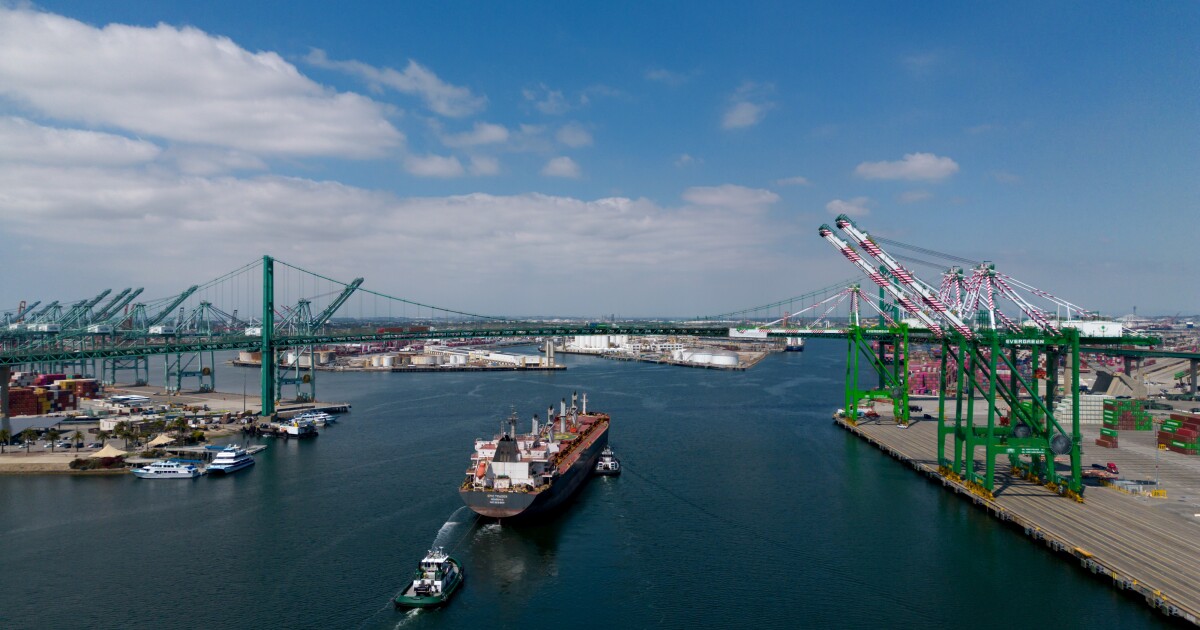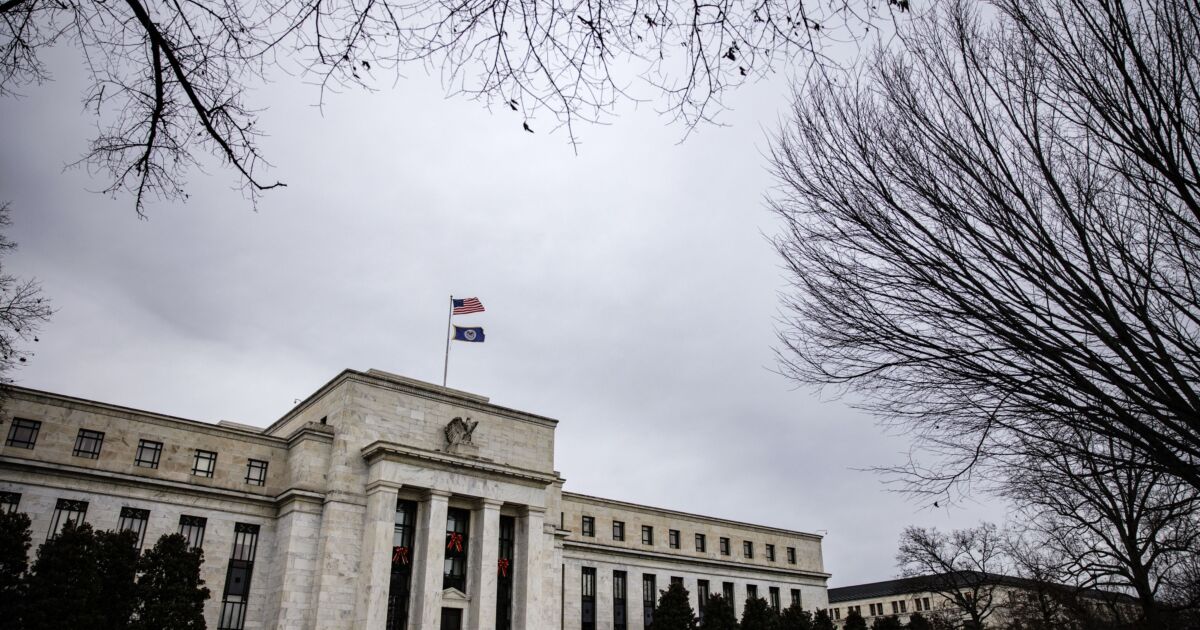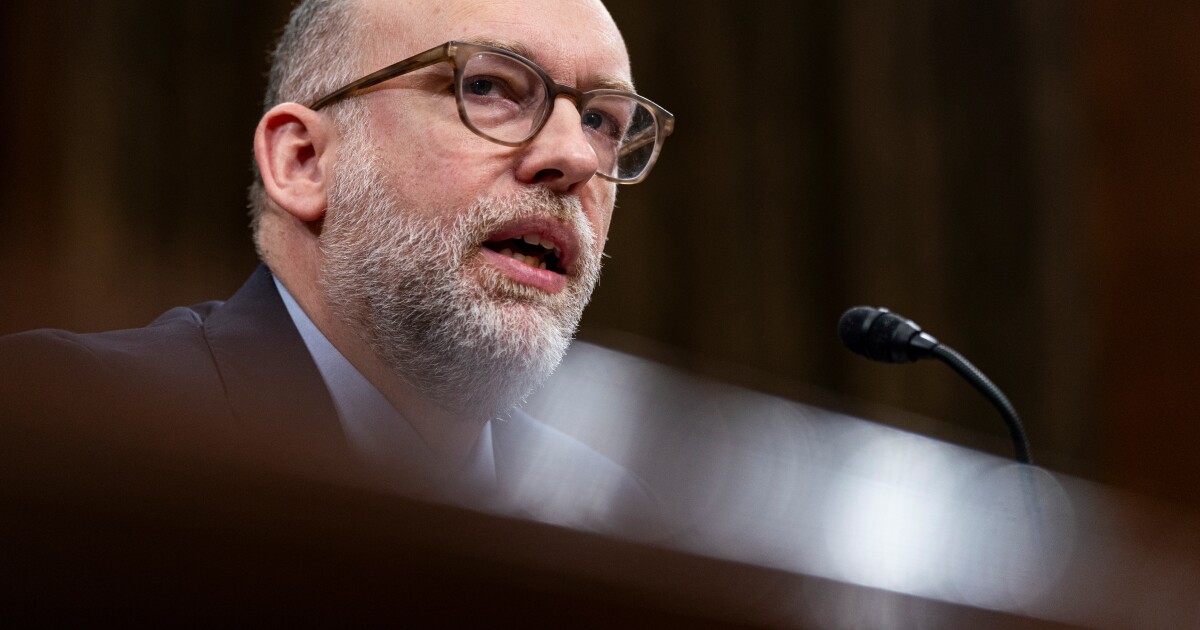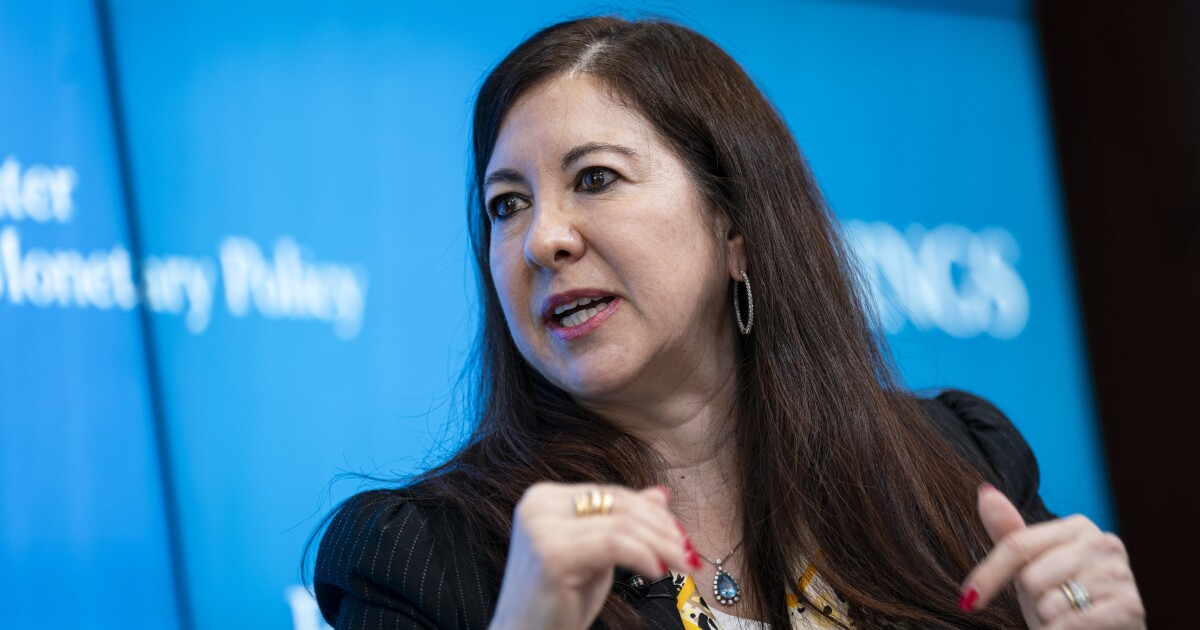
The U.S. and China have agreed to pause the bulk of their tariff policies against one another for 90 days, sending a jolt of optimism through the banking sector and its investors.
The temporary truce was struck over the weekend and announced on Monday, causing stocks to rally and credit spreads to tighten on be the belief that an economic calamity had been avoided, at least in the near term.
The KBW Nasdaq Bank Index was up more than 4.5% on the day, beating the S&P 500, which was up 2.6%, and even the tech-heavy Nasdaq, which was up 4.2%.
"Clearly it's a positive," said John Buran, CEO of New York-based Flushing Bank. "It's providing a certain level of stability, and maybe indications of a more manageable level of tariffs on a go-forward basis."
Even so, other parts of the financial sector were less moved by the detente. Peter Earle, director of economics and economic research at the American Institute of Economic Research, pointed to yields on 10-year Treasury bonds rising faster than those on 3-month bills as a sign of shaky confidence.
"There's a lot of skepticism in the bond market about what this new information actually means and how durable it is," Earle said. "Investors are wary of locking in capital at lower yields given the way Trump has done this. The potential for reignition of trade friction is very high. This can all be reversed with a single tweet."
As a result of the truce, the U.S. will lower the import levy on Chinese goods from more than 145% to 10%, matching the rate applied to most other countries last month. With sectoral tariffs on steel and pharmaceuticals, as well as fentanyl-related policies, the effective rate against China is between 30% and 35%. This brings the aggregate weighted average tariff down from roughly 24% to approximately 15%, according to analysis from UBS Investment Bank.
The remaining tariff levels are well above where they were before April 2, when President Donald Trump rolled out his sweeping "Liberation Day" trade policy, exceeding even the most extreme forecasts that preceded the announcement.
Michael Redmond, a U.S. policy economist with Medley Global Advisors, said the prior level of tariffs were effectively embargoes for more than half of Chinese exports to the U.S., too large for many importers to absorb or viably pass on to customers. If those levy rates had remained, he said, they would have weighed heavily on global supply chains and had a devastating impact on the U.S. economy.
Under the truce — which could be a template for a permanent deal — firms should be able to take on the higher costs, Redmond said, noting that banks could play a role in facilitating the transition to higher import costs.
"Some smaller businesses that didn't have the cashflow to absorb a large tariff hike like they were expecting, now if it's something that's uncomfortably high but manageable they might borrow," he said. "It might make sense to draw down on their credit lines to pay that import bill."
China, meanwhile, will lower its tariffs against the U.S. from 125% to 10%. This easing is particularly important for the U.S. agriculture industry and the banks that support it.
Mark Scanlan, senior vice president of agriculture and rural policy for the Independent Community Bankers America, said the prior rate effectively barred American farmers from China, the third largest market for U.S. agricultural exports. With overall exports accounting for 20% of U.S. agricultural output, the trade barrier has depressed commodity prices and hindered borrowers' abilities to repay their lenders — more than 80% of which are community banks.
Scanlan said Monday's announcement was a positive for ag banking and potentially a sign of further deescalation to come. He added that many ICBA members hope the ongoing trade negotiations will ultimately expand their export opportunities to China — as part of the Trump administration's push for balanced trade — but the longer the process drags out, the more damage will be wrought on U.S. farmers and, by extension, their banks.
"We hope that, as things move forward, both sides will come to an agreement and the ag sector doesn't suffer long-term harm," he said. "If it goes on for a long time, you can lose market share to other countries who would be willing to sell the same products."
Scanlan said banks have worked with farmers who have fallen behind on payments and are exploring new ways to do so. If the commodity price disruption continues, though, he said it could put pressure on lawmakers to issue direct aid to producers to help them offset their losses and pay down their debts.
No such relief is being considered for small businesses, but the impact of the new global tariff regime has had an outsized impact on Main Street, said Molly Day, vice president of public affairs for the National Association of Small Businesses. According to a survey released by the group last week, 40% of small businesses source goods from outside the U.S. but more than half have been impacted, either directly or indirectly, by supply chain disruptions.
As a result of these uncertainties, Day said 40% of small businesses are having a harder time accessing the credit they need, up from the long-term average of 34%. She added that, anecdotally, many business owners have said they are reluctant to seek new loans until there is more certainty about the economic outlook.
"I suspect loan demand is down because there is such high economic uncertainty. That's actually the number one challenge to small businesses today and it's higher than it's been in years," Day said. "When things are like this, people aren't really eager to take on new debt because who knows what's around the corner."
Nathan Place contributed to this report.



